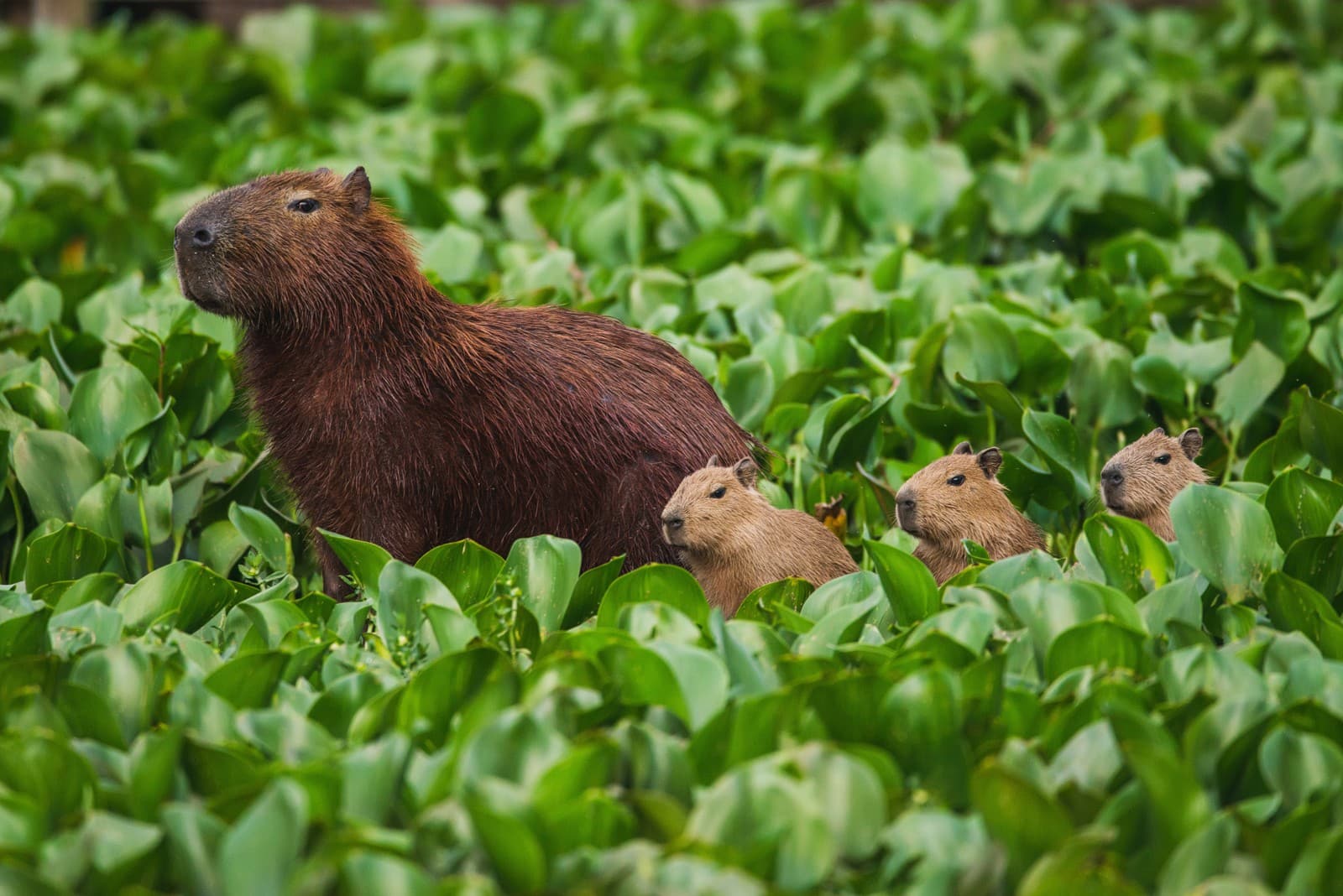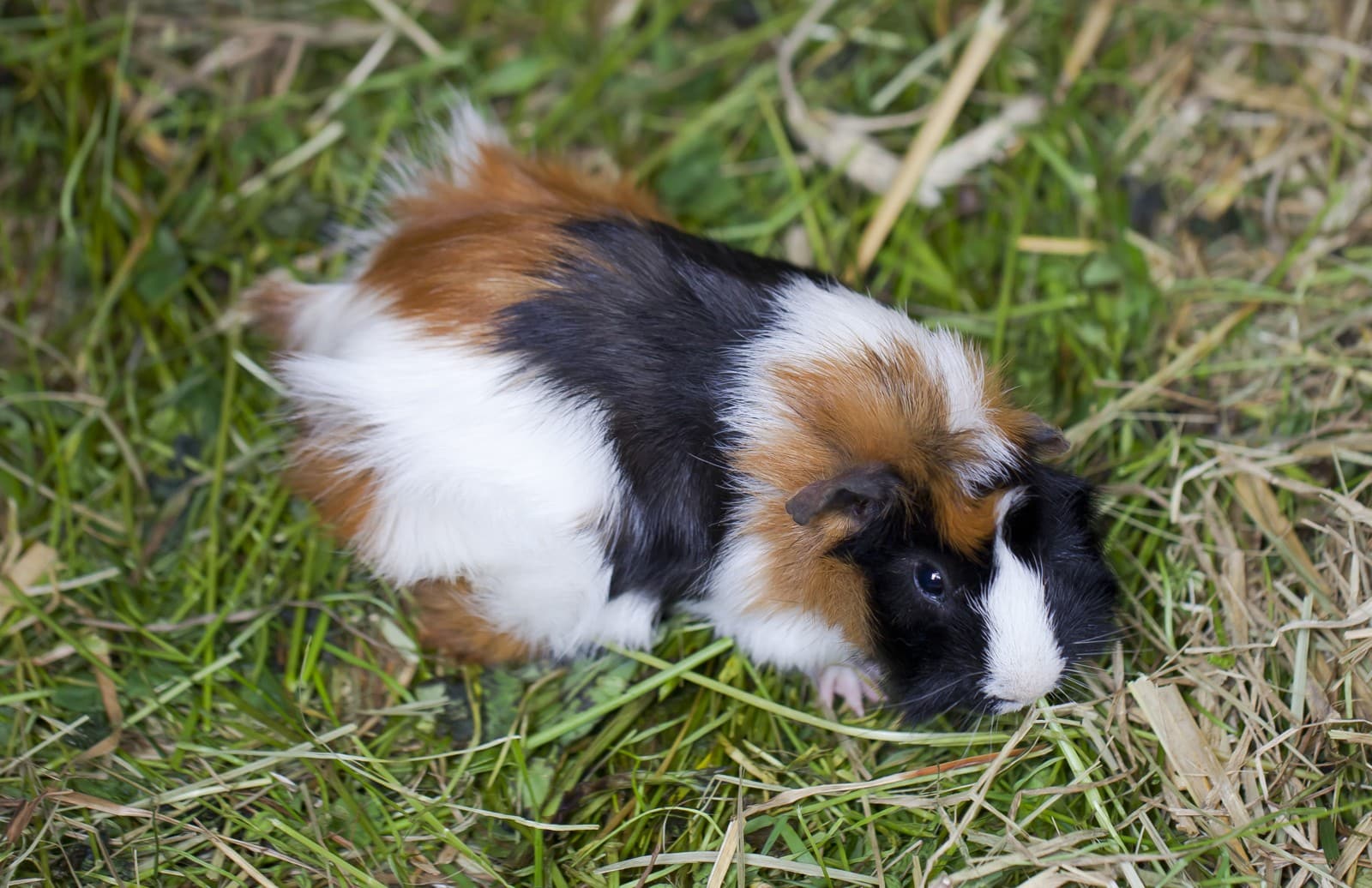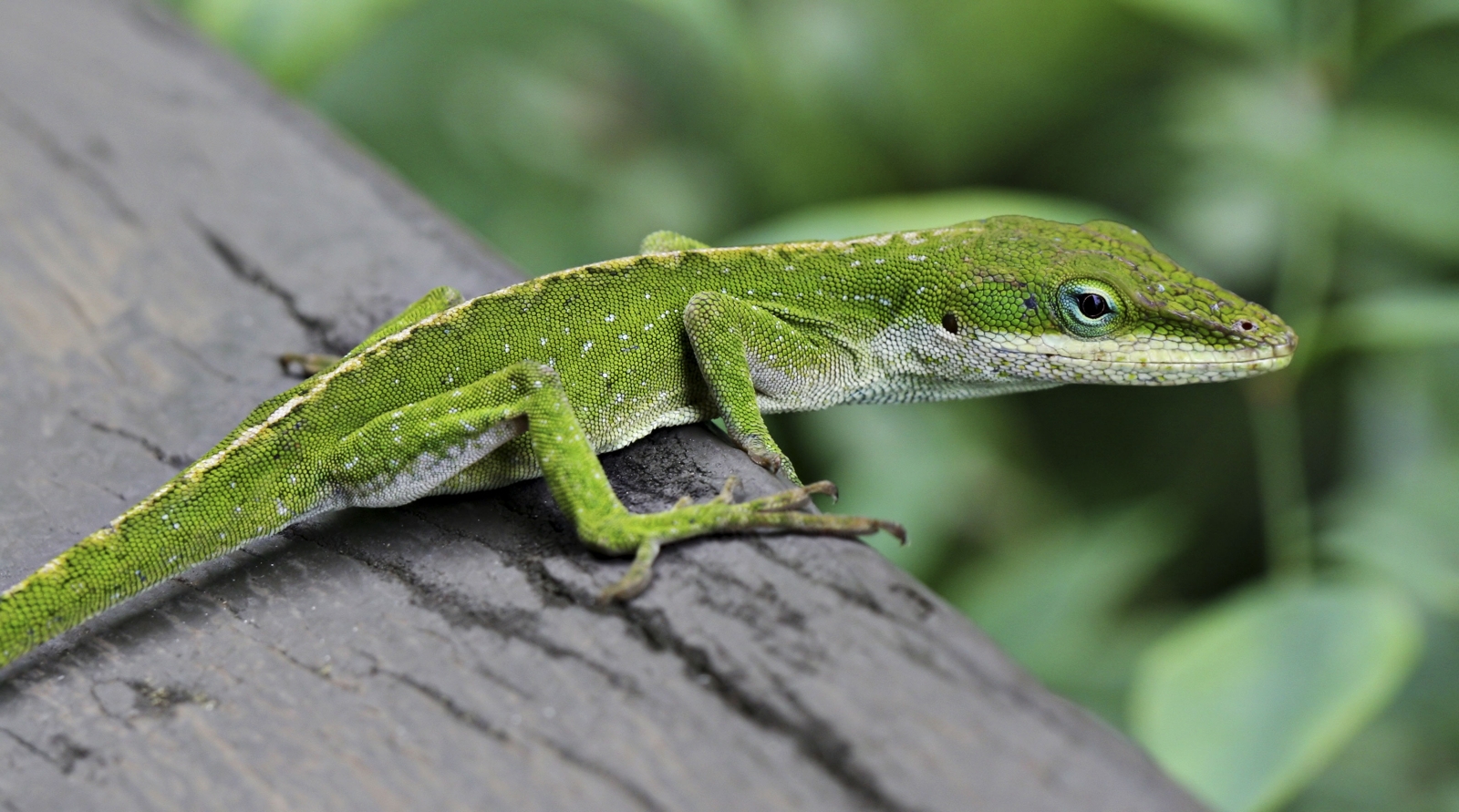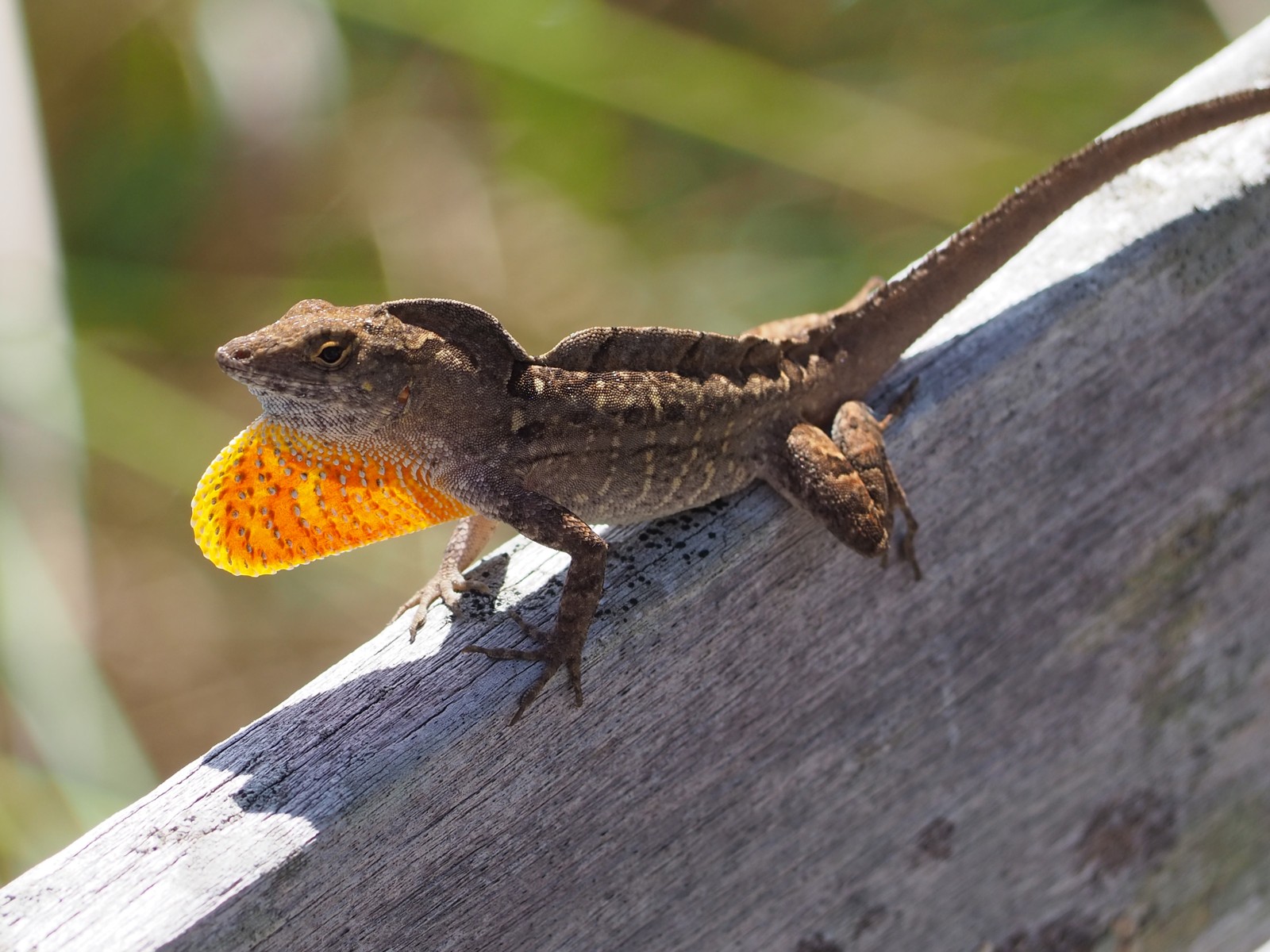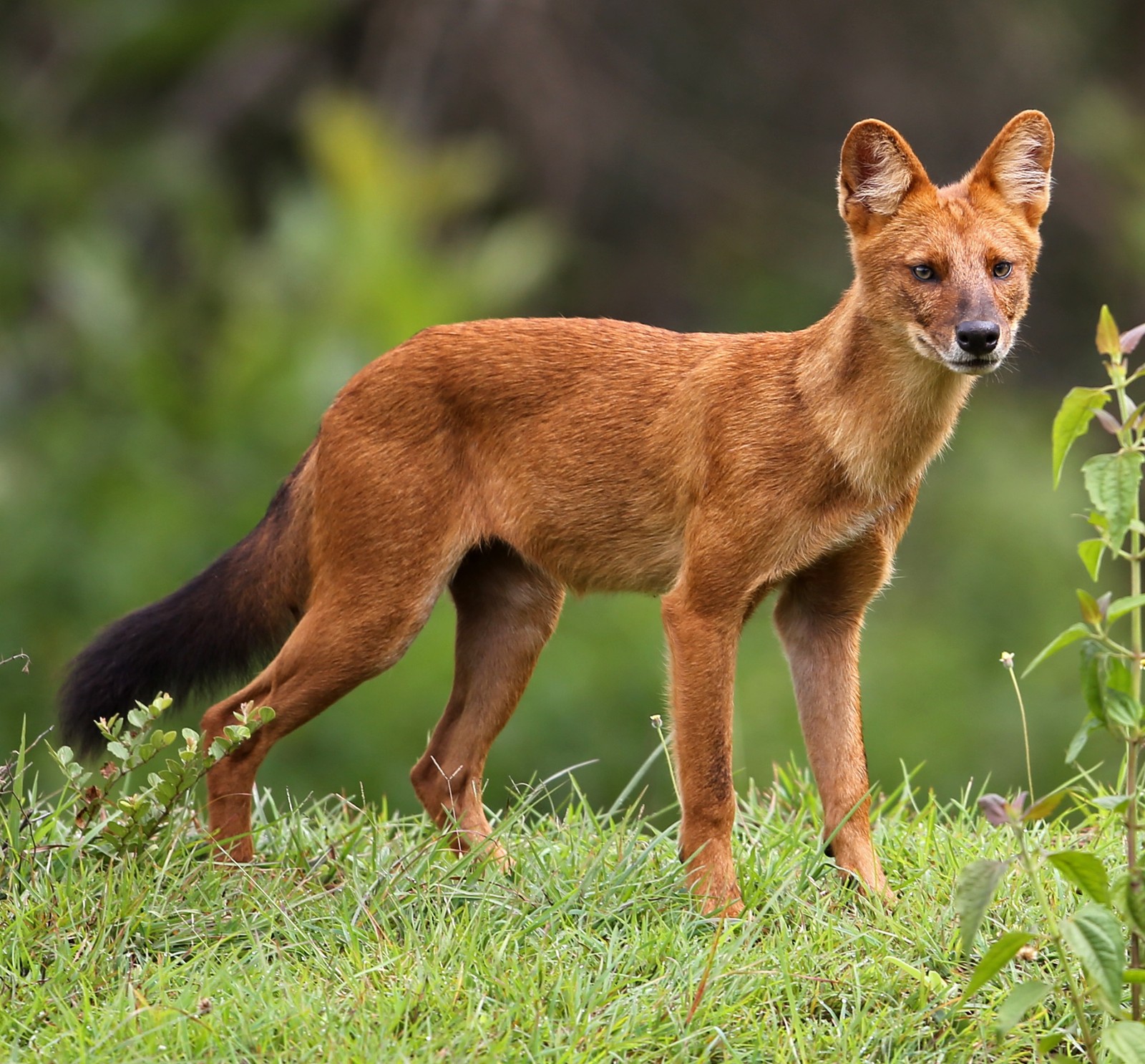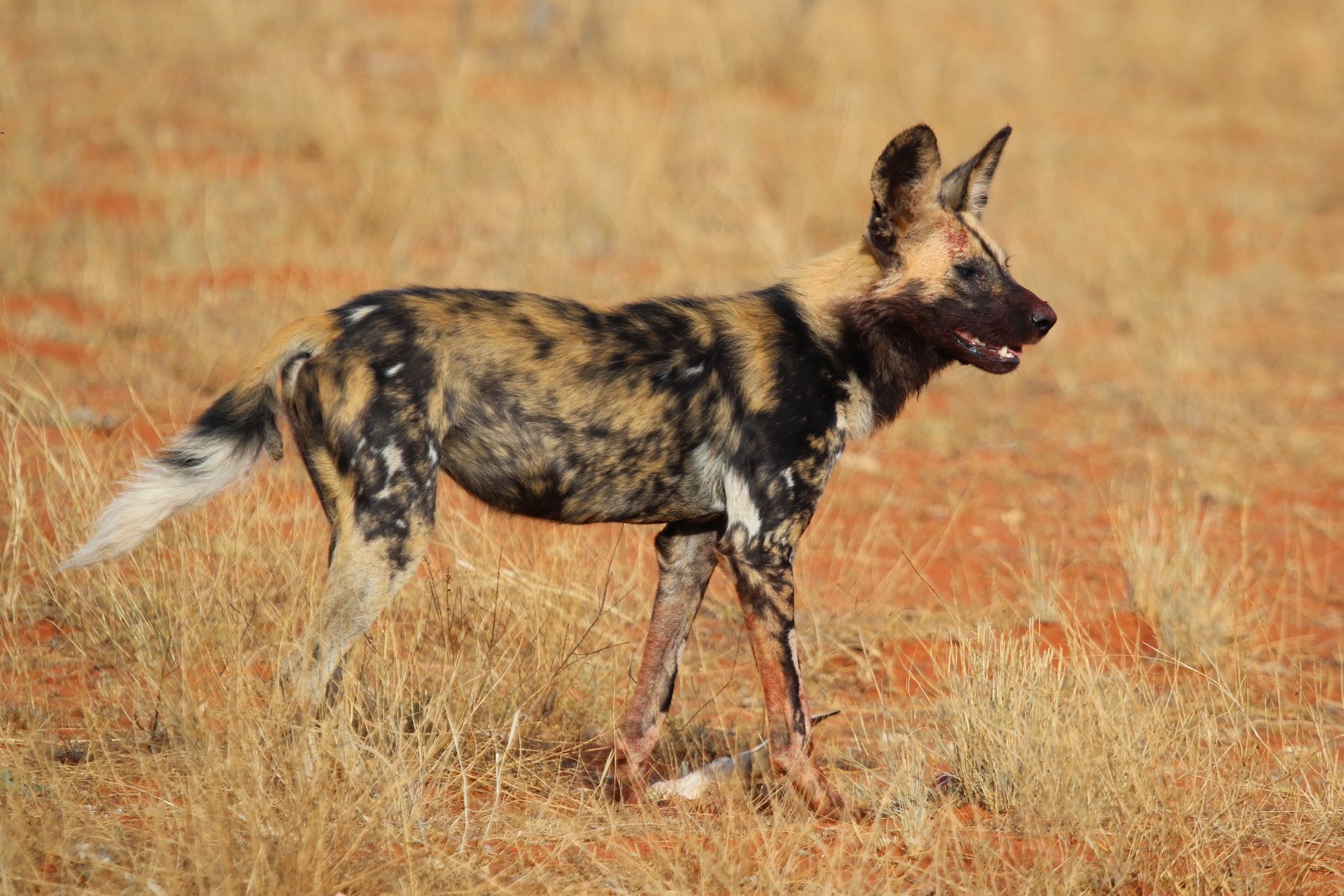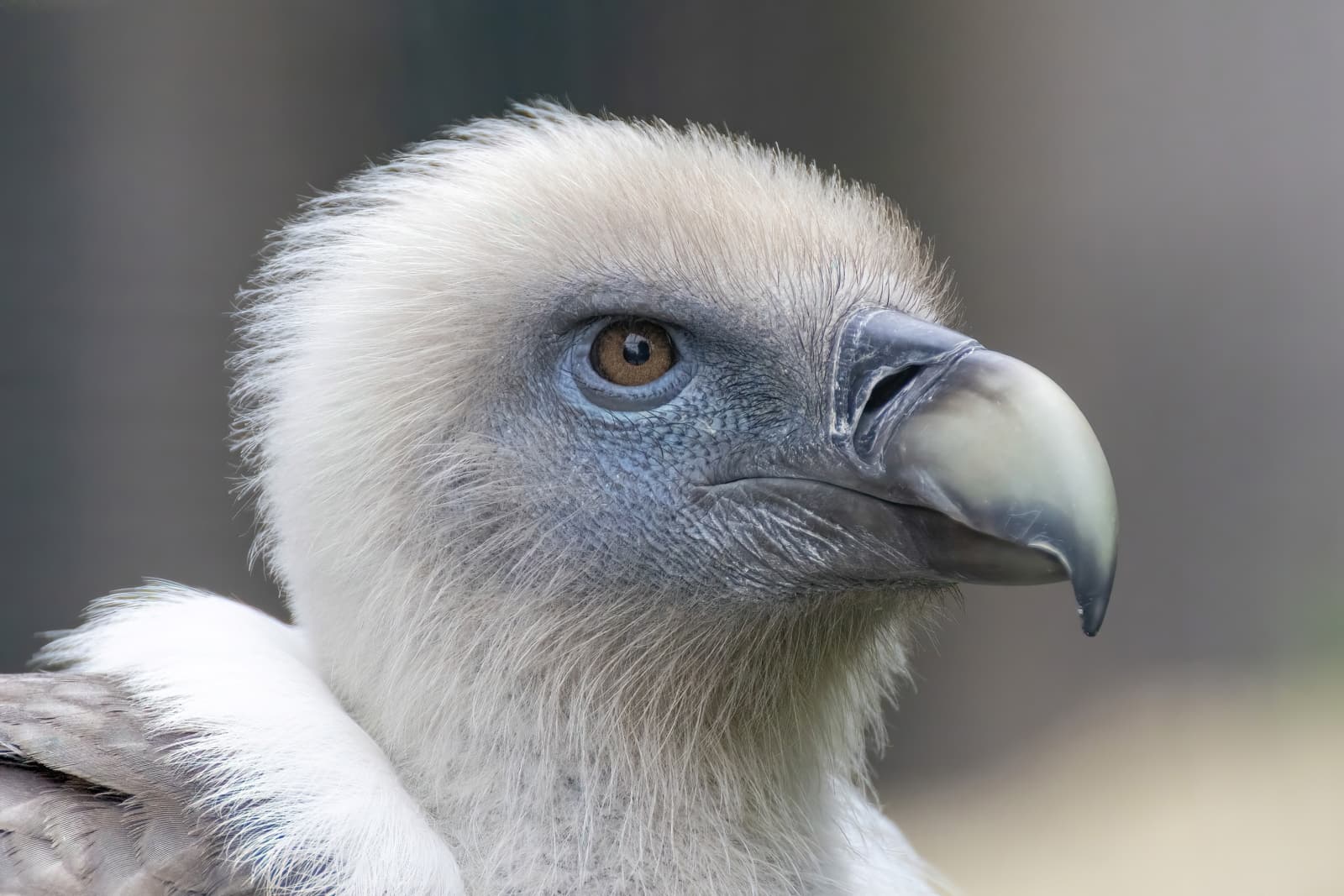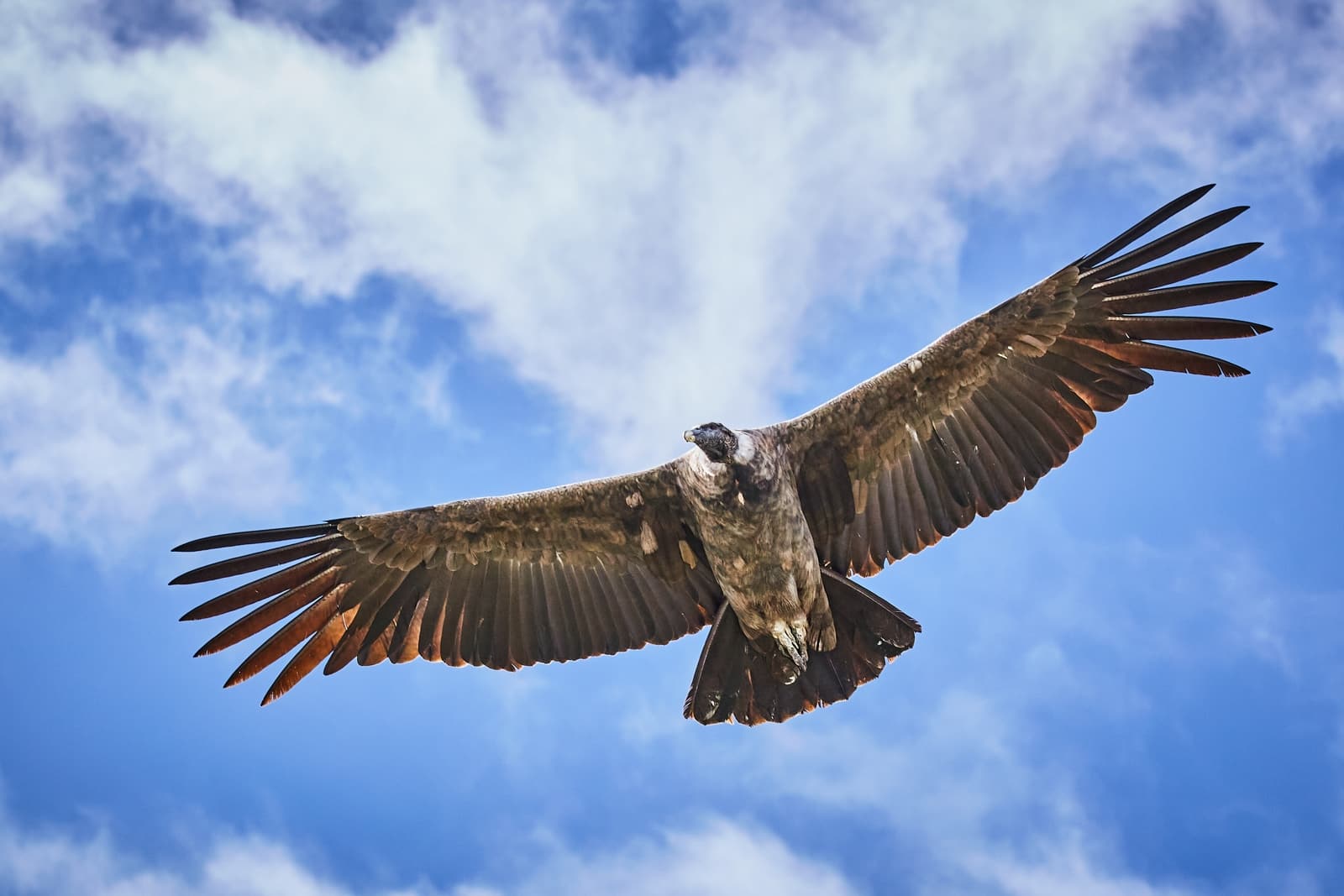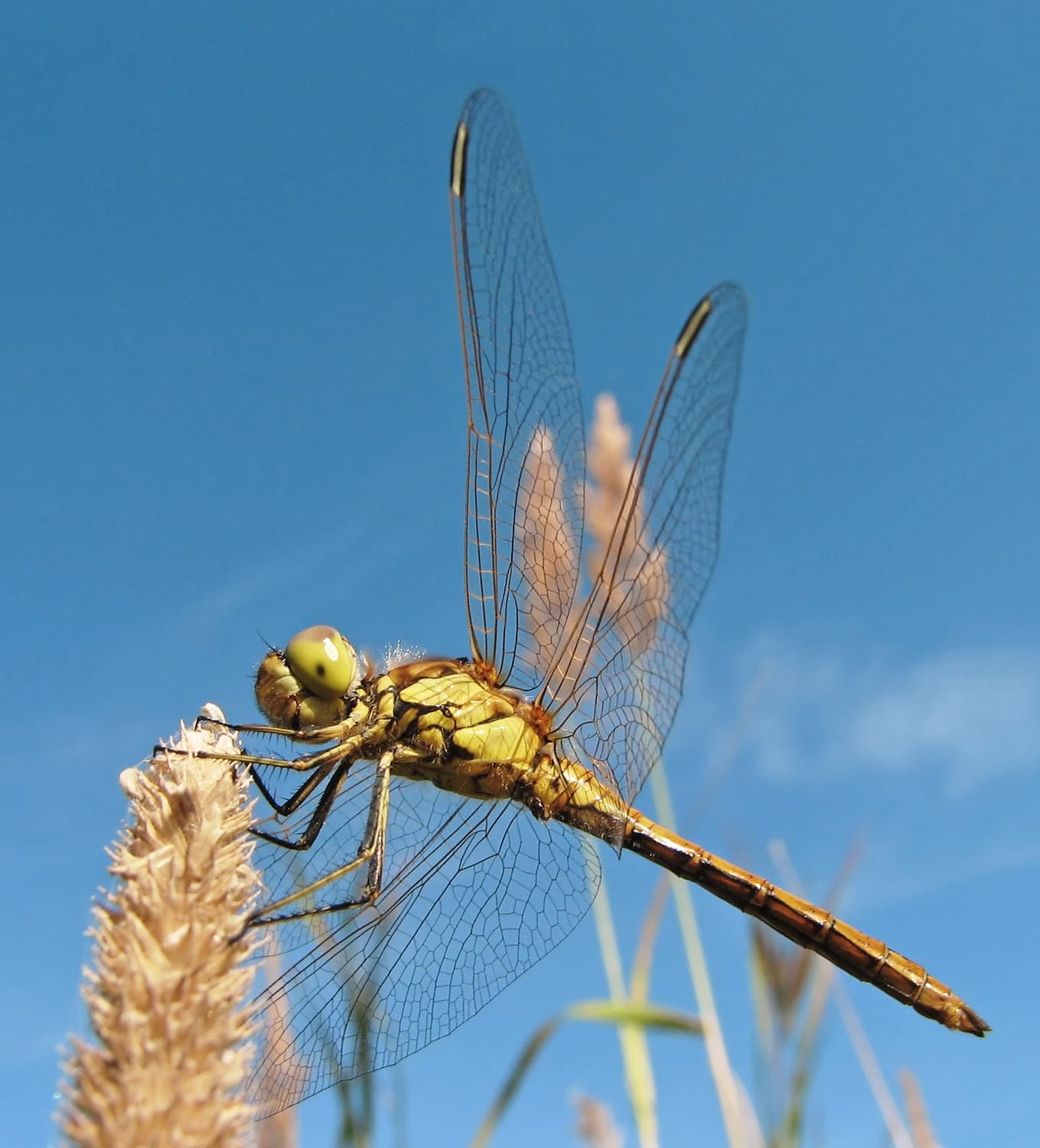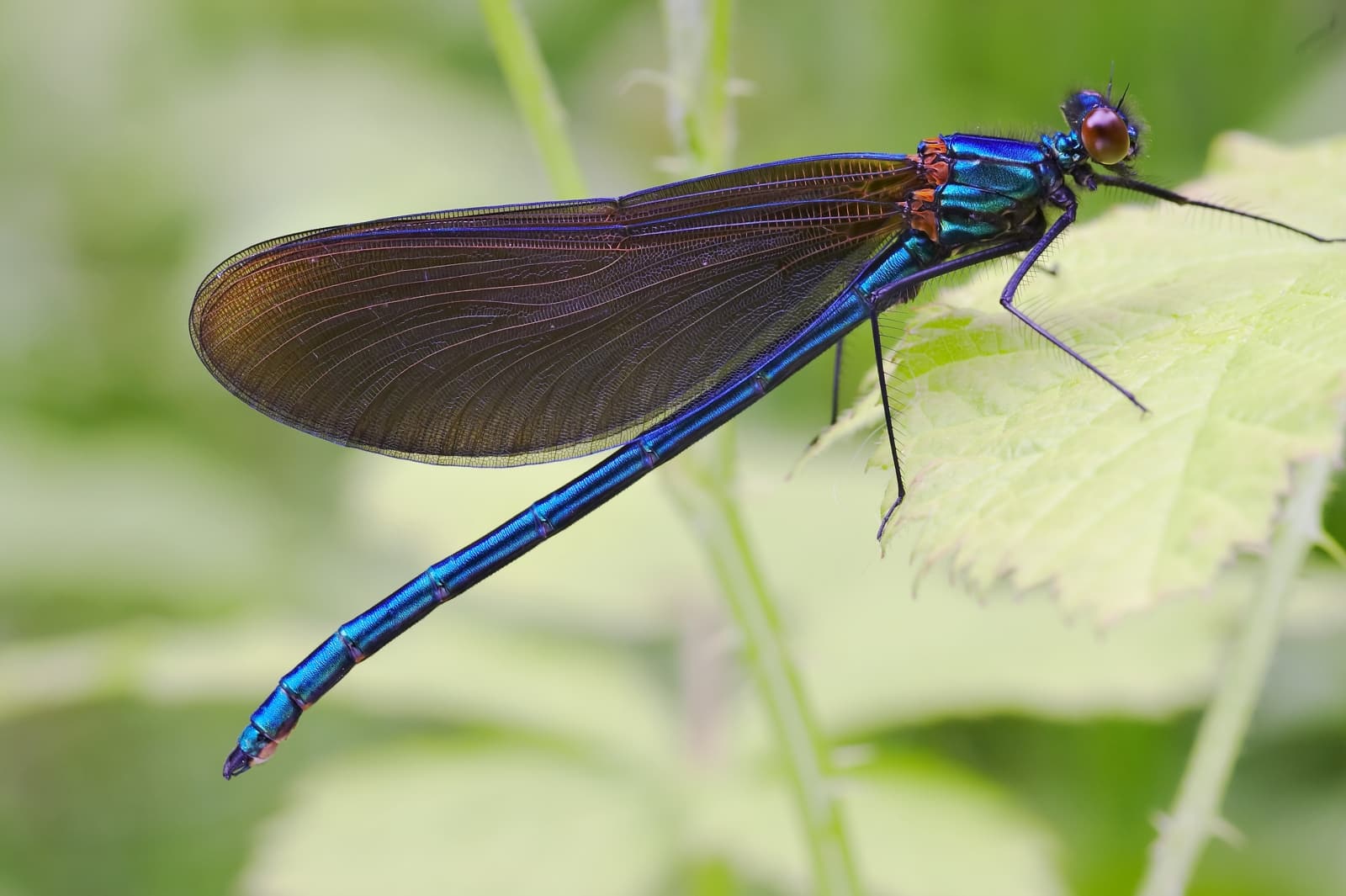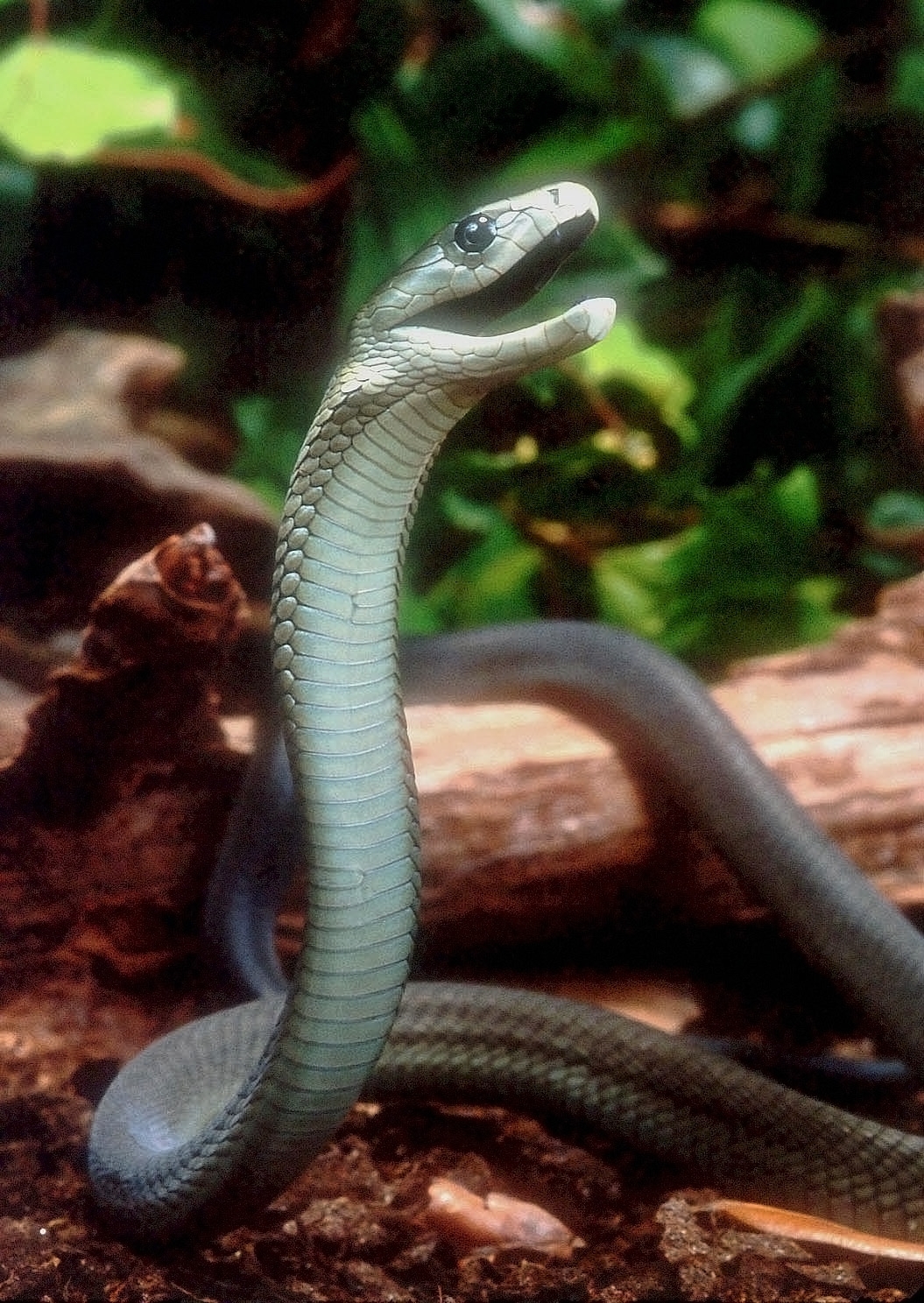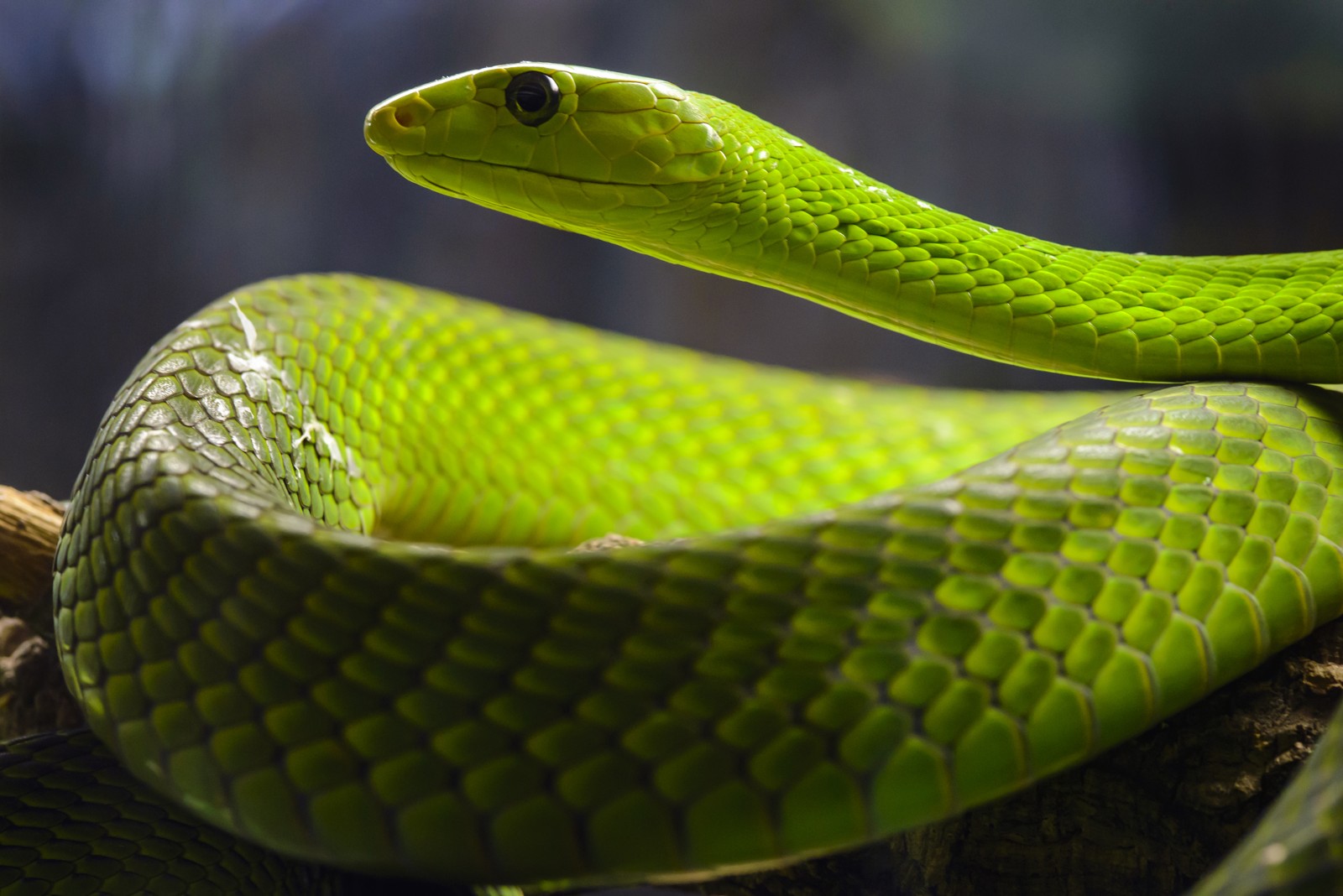Capybara vs Nutria: A Complete Comparison
When comparing Capybara vs Nutria, size stands as the most striking difference between these semi-aquatic rodents. The Capybara (Hydrochoerus hydrochaeris) holds the title of world’s largest rodent, weighing up to 150 pounds (68 kg), while the Nutria (Myocastor coypus) typically reaches just 20 pounds (9 kg) at maturity. Despite their significant size difference, both species share remarkable adaptations for life near water.
These South American natives often get confused due to their similar appearances and habitats, but several key features set them apart. Capybaras sport a blunt, squared snout and no tail, while Nutrias have distinctive orange teeth and a long, round tail. Understanding these differences helps wildlife enthusiasts and researchers accurately identify and study these fascinating creatures.
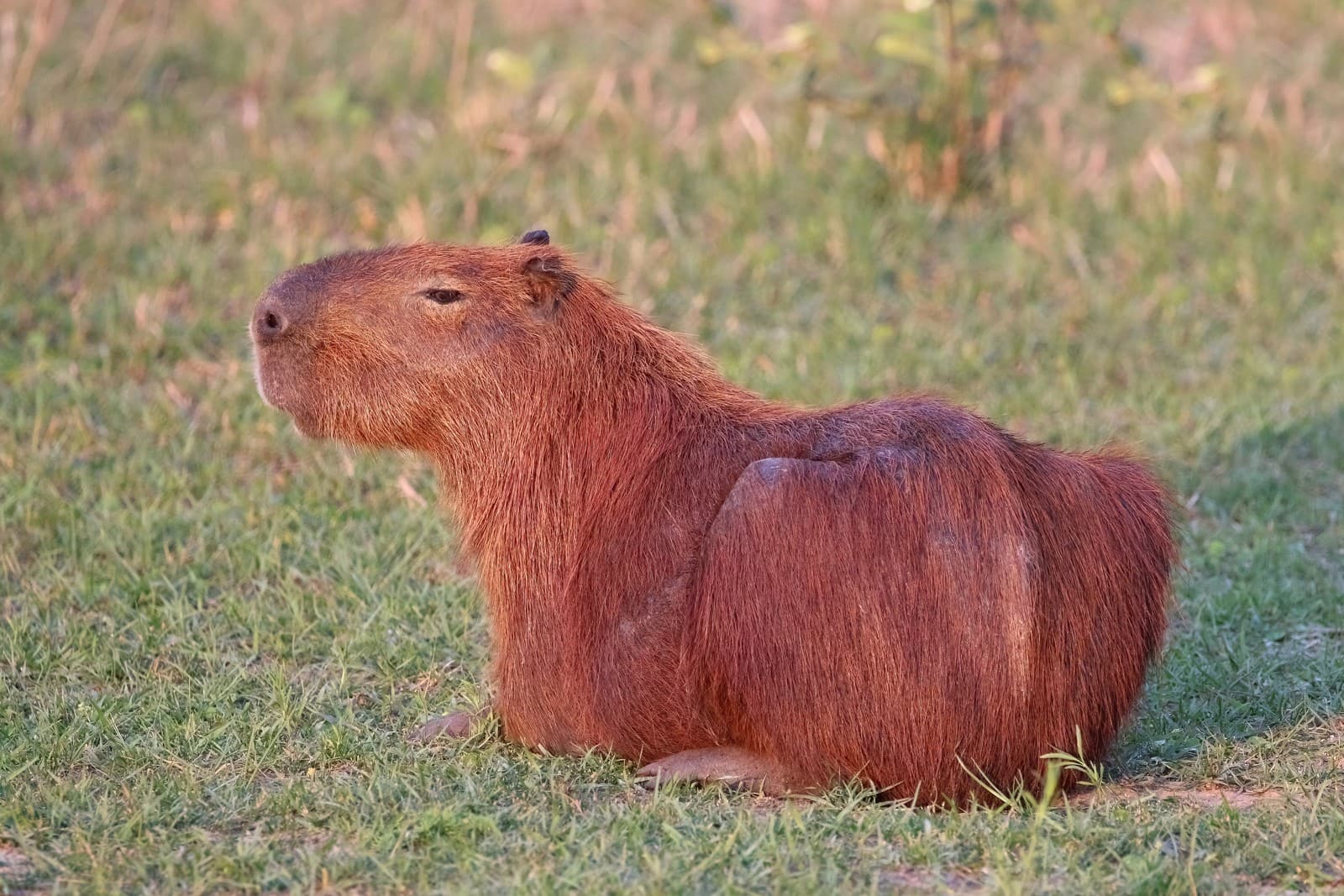
© Charles J. Sharp / CC BY-SA 4.0
The mighty Capybara demonstrates its impressive stature in this image, showcasing the characteristic features that make it the world’s largest rodent. Note the robust build and barrel-shaped body that distinguish it from its smaller cousin, the Nutria.
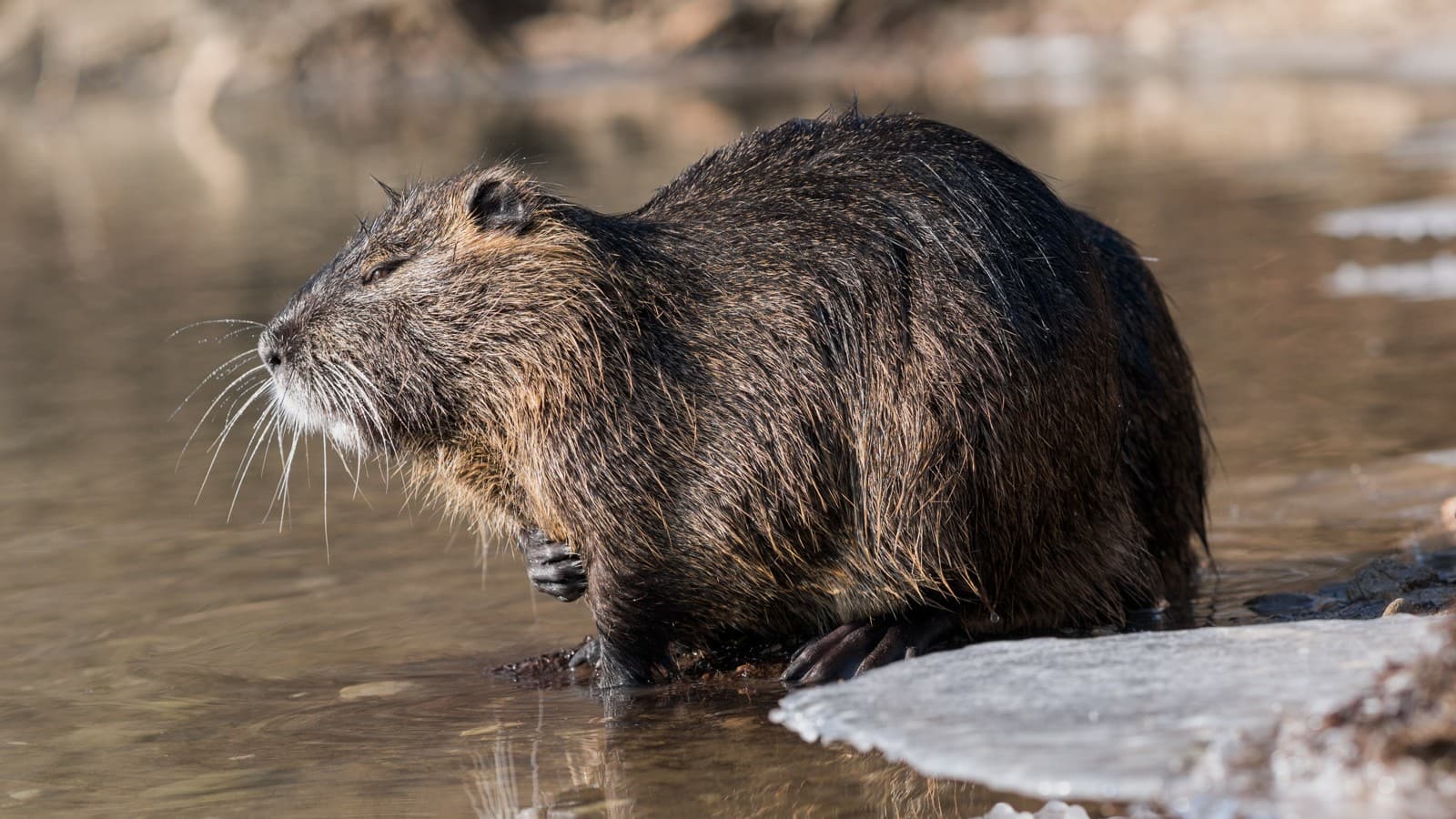
© Petar Milošević / CC BY-SA 4.0
The Nutria exhibits its distinctive features, including the characteristic orange incisors and rounded tail. This image captures the species’ smaller size and more rat-like appearance compared to the Capybara.
Key Physical Differences Between Capybara and Nutria
| Feature | Capybara | Nutria |
|---|---|---|
| Size | 3.5-4.4 ft (1.1-1.3 m) | 1.5-2.5 ft (0.4-0.6 m) |
| Weight | 77-150 lbs (35-68 kg) | 12-20 lbs (5.4-9 kg) |
| Tail | Very short or absent | Long, round (12-18 inches) |
| Teeth | White incisors | Orange incisors |
| Lifespan | 8-10 years wild | 4-6 years wild |
| Social Structure | Highly social, groups of 10-20 | Semi-social, smaller groups |
Habitat and Distribution
Capybaras naturally inhabit South America’s wetlands, ranging from Panama to northern Argentina. They require permanent water sources and abundant vegetation. Nutrias, while native to southern South America, have established invasive populations worldwide, particularly in North America and Europe, where they can survive in colder climates than Capybaras.
Behavior and Social Structure
Capybaras live in highly organized social groups, typically comprising 10-20 individuals led by a dominant male. These groups maintain complex hierarchies and demonstrate sophisticated social behaviors, including communal nursing and group defense against predators.
Nutrias, though social, form smaller family groups of 2-13 individuals. They show less complex social organization than Capybaras but still exhibit some cooperative behaviors, particularly in territory defense and offspring care.
Diet and Feeding Habits
Both species are herbivorous, but their dietary preferences differ:
-
Capybara Diet:
- Grass (primary food source)
- Aquatic plants
- Tree bark
- Fruits and vegetables
-
Nutria Diet:
- Water plants and roots
- Agricultural crops
- Bark and stems
- Small invertebrates (occasionally)
Conservation Status and Human Impact
Capybaras maintain stable populations throughout their native range, classified as Least Concern by the IUCN. They face localized hunting pressure but generally thrive in protected areas and ranches.
Nutrias, conversely, present a complex conservation scenario. While vulnerable in their native range, they’re considered invasive pests in many introduced regions, causing significant environmental damage through their feeding and burrowing habits.
Who Would Win in a Confrontation?
In a theoretical confrontation between a Capybara and a Nutria, the Capybara would likely prevail due to several factors:
- Size advantage (3-7 times larger than Nutria)
- Stronger bite force
- More robust skeletal structure
- Greater territorial aggression
However, such confrontations rarely occur in nature as these species typically avoid direct competition through habitat partitioning and different activity patterns.
Ecological Impact and Management
Understanding the differences between Capybaras and Nutrias proves crucial for wildlife management. While Capybaras play vital roles in their native ecosystems as grass grazers and prey species, Nutrias often require population control in introduced areas to prevent environmental damage. Their distinct characteristics and behaviors demand different management approaches, making accurate identification essential for conservation efforts.
